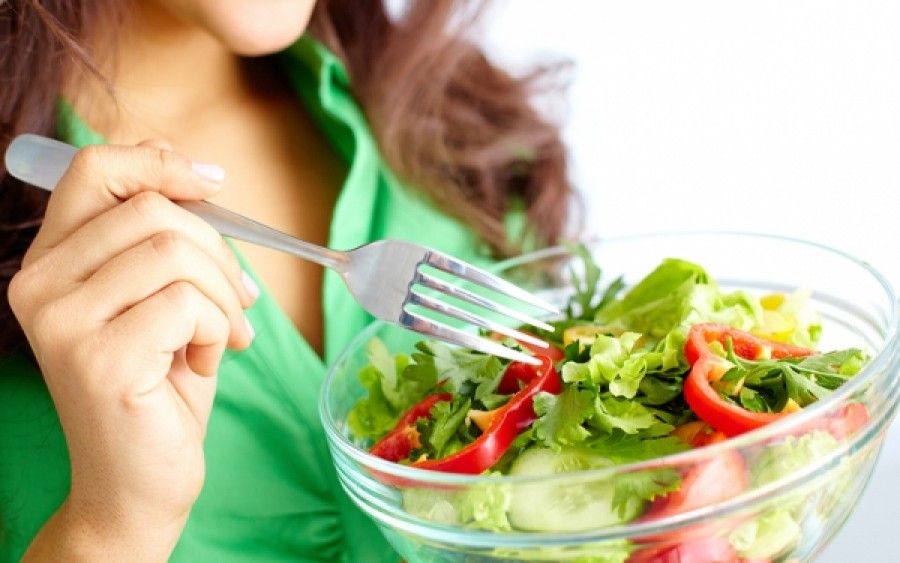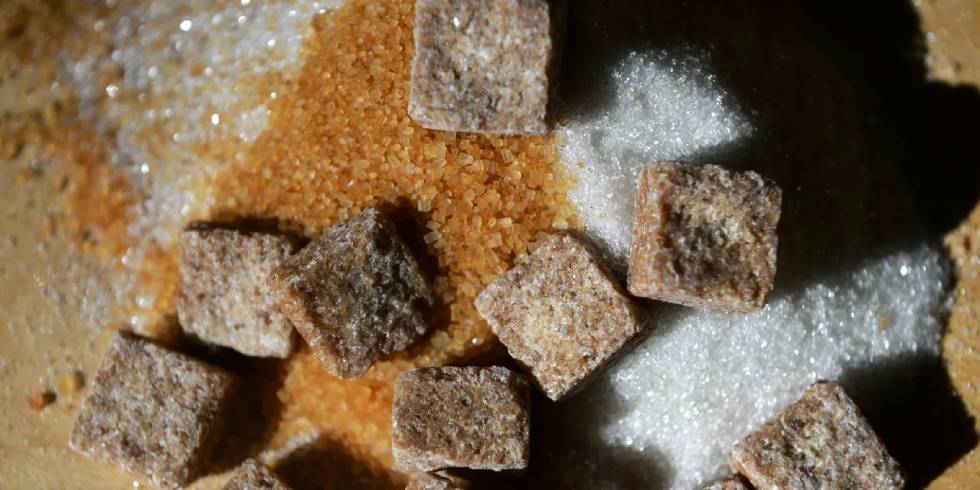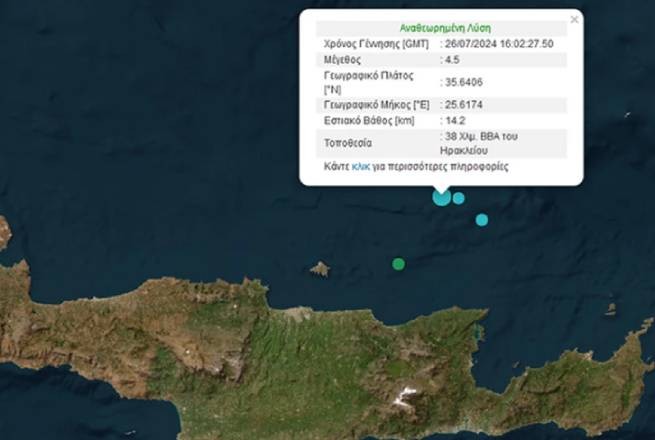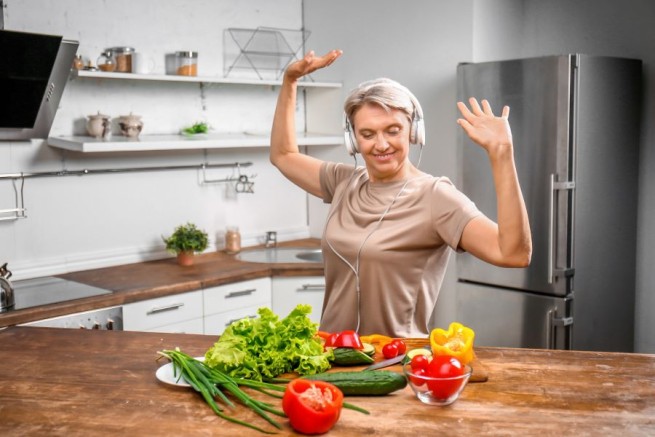If you eat a salad first, then a protein, and finally a starchy carbohydrate, your blood glucose spikes will level out. Why do you need to know this? Yes, very simple! This is why you feel “unhealthily hungry” all the time and constantly put something in your mouth, steadily gaining weight.
Even from school we know that “the sum does not change when the terms are changed.” However, this rule does not apply when it comes to blood glucose levels after meals. Experts explained why it is so important to monitor this parameter and shared a life hack on how to “spur the sugars”, which strive to jump higher.
Postprandial hyperglycemia, or more simply put, too high blood sugar levels after a meal, is a bit like Pandora’s box. According to a number of Western scientists, it is postprandial hyperglycemia that causes such delayed complications of diabetes as cardiovascular diseases and diabetic retinopathy.
What is a glucose spike?
A sharp rise in glucose levels (peak) occurs in the blood approximately 30-60 minutes after consuming carbohydrates. How high it rises and how long it lasts depends on many factors. It all depends on what you ate with or before carbohydrates, how much fiber you got, and your body’s ability to produce and use the hormone insulin. For people with certain medical conditions any method of lowering glucose levels is incredibly important. These conditions:
- diabetes
- reactive hypoglycemia (a special type of repeated low blood sugar)
- postprandial hypotension (low blood pressure after eating)
- bariatric surgery.
This is because high and prolonged spikes in glucose levels have a irreversible damaging effects to many hormones and proteins, including those that cause inflammation (a number of diseases, including diabetes and heart disease).

Different foods = different glucose spikes
Does eating different foods before carbohydrates cause glucose levels to spike? It turns out yes. Of course, this is nothing new either. Scientists have long known that Fiber-rich foods such as salads slow gastric emptying (the rate at which food leaves the stomach). Thus, high-fiber foods slow down the delivery of glucose and other nutrients to the small intestine for absorption into the blood.
Proteins and fats also slow down stomach emptying. The protein has the added benefit of stimulating a hormone called GLP1. When protein from food reaches the intestinal cells, this hormone is released, further slowing gastric emptying. The hormone also affects the pancreas, where it helps secrete the hormone insulin.
In fact, drugs that mimic the mode of action of GLP1 (known as GLP1 receptor agonists) are a new, very effective class of medications for people with type 2 diabetes. They actually improve blood sugar control.
What about the order of foods during meals? Most scientific studies on whether eating foods in a specific order affects glucose spikes include consumption of fiber, fat and protein before meals. Typically this load is in liquid form and is given about 30 minutes before carbs.
In one study, drinking a whey protein drink 30 minutes before (rather than with) mashed potatoes was better at slowing gastric emptying. Either option was better at reducing the rise in glucose levels than drinking water before meals. While these data suggest that eating protein before carbohydrates helps reduce glucose spikes, the evidence for eating other food groups separately and sequentially during a regular meal is less compelling.

Jessie Inchauspé known as the “goddess of glucose”“ is a French biochemist and New York Times bestselling author. Her books contain controversial statements promoting methods designed to control blood sugar. The expert answers the question: This is exactly what happens in our body during a surge in glucose levels.
“The peak will cause a series of variable symptoms, depending on the individual. Among the most common are: food cravings. It occurs when the curve glycemia goes down and leads to the secretion of ghrelin, the hunger hormone. Specifically, this can manifest itself as craving sweets or feeling hungry every two hours.
And it begins vicious circle: the more we eat, the more we store, the more weight we gain, the more we want to eat.
The influx of glucose also contributes to cell destruction due to problems with energy production. As a result, you want to sleep in the middle of the day, despite several cups of coffee.

In older patients with type 2 diabetes sugar peaks may have a negative impact on cognitive skills – ability to navigate in space, think and reason clearly, memory and concentration. Directly during an attack of hyperglycemia, hot flashes, increased sweating, and dizziness may appear. Many people also experience mood changes – some become sad, others become more irritable and/or anxious. But that’s not all: on average, 7 out of 10 people report a decrease in performance, and 5 out of 10 have difficulty concentrating.
According to an interesting study conducted in the USA, The order in which foods go into the mouth matters. For three days, the experiment participants (all with insulin resistance) had to eat the same foods – only their order changed. After meals, blood sugar and insulin levels were measured:
-
On the first day, subjects consumed carbohydrates first, followed by vegetables and protein 10 minutes later.
-
On the second day, the meal began with vegetables and protein, then after 10 minutes you could eat carbohydrates.
-
On the third day, participants had to eat vegetables first, then protein foods, and finally carbohydrates.
The results cannot be interpreted in two ways: on the day when the meal began with carbohydrates, blood sugar levels fluctuated much more. Your doctor or dietitian will tell you how to change your diet or food intake to avoid spikes in your glucose levels. The order in which you eat foods during meals can be part of this advice.
Subjects’ blood sugar levels rose significantly less when the meal began with vegetables or a combination of vegetables and protein and ended with carbohydrates.
This effect lasted for 3 hours, which is the period of time when many diabetic patients suffer from postprandial hyperglycemia.
Take care of your health, listen to the advice of doctors and experts. Be healthy!







More Stories
Enjoying food can help you maintain your waistline
Eat as much as possible "Tiger shark"
The merciful Greek gave the snake water to drink